Atmospheric Pressure
Atmospheric pressure is the force exerted on a surface by the weight of the air above that surface in the Earth's atmosphere. It is an important concept in the study of weather and climate.
Factors Affecting Atmospheric Pressure
- Altitude: Atmospheric pressure decreases with increasing altitude. This is because there is less air above a given point at higher altitudes, resulting in lower pressure.
- Temperature: Warmer air has lower pressure, while cooler air has higher pressure. This is because warm air is less dense and rises, creating lower pressure, while cooler air is more dense and sinks, creating higher pressure.
- Weather Systems: High pressure systems are associated with clear, dry weather, while low pressure systems are associated with cloudy, wet weather.
Units of Pressure
Atmospheric pressure is typically measured in units such as millibars (mb), inches of mercury (inHg), or kilopascals (kPa).
Measuring Atmospheric Pressure
Atmospheric pressure can be measured using instruments such as barometers and manometers. Barometers measure air pressure, while manometers measure pressure differences between two points.
Application in Daily Life
Understanding atmospheric pressure is important for activities such as weather forecasting, scuba diving, and aviation. It also plays a role in the functioning of certain equipment, such as pressure cookers and vacuum cleaners.
Study Guide
To study atmospheric pressure, focus on understanding the concept itself, the factors that affect it, the units of pressure, and how it is measured. Practice using barometers and manometers to measure pressure, and explore real-world applications of atmospheric pressure in various fields.
.◂Math Worksheets and Study Guides Eighth Grade. Three dimensional geometry/Measurement
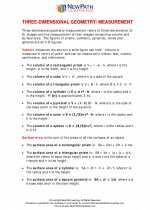
 Worksheet/Answer key
Worksheet/Answer key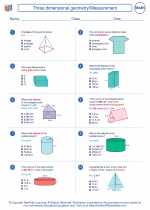
 Worksheet/Answer key
Worksheet/Answer key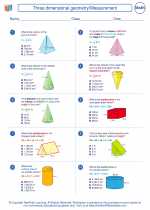
 Worksheet/Answer key
Worksheet/Answer key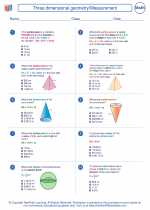
 Worksheet/Answer key
Worksheet/Answer key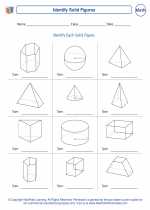
 Worksheet/Answer key
Worksheet/Answer key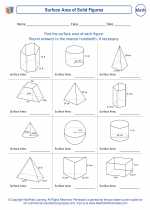
 Worksheet/Answer key
Worksheet/Answer key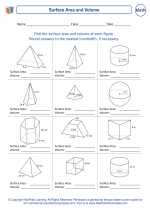
 Worksheet/Answer key
Worksheet/Answer key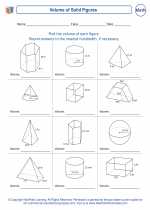
 Worksheet/Answer key
Worksheet/Answer key
 Worksheet/Answer key
Worksheet/Answer key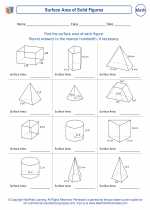
 Worksheet/Answer key
Worksheet/Answer key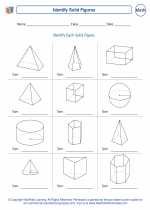
 Worksheet/Answer key
Worksheet/Answer key
